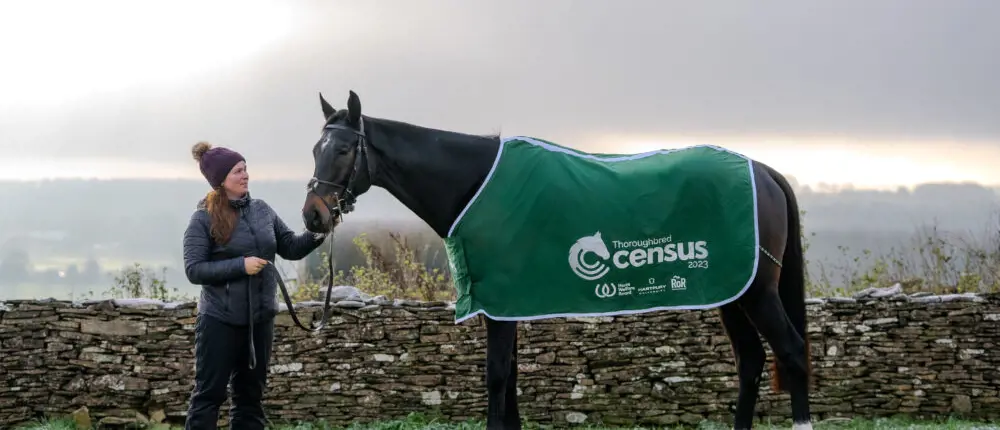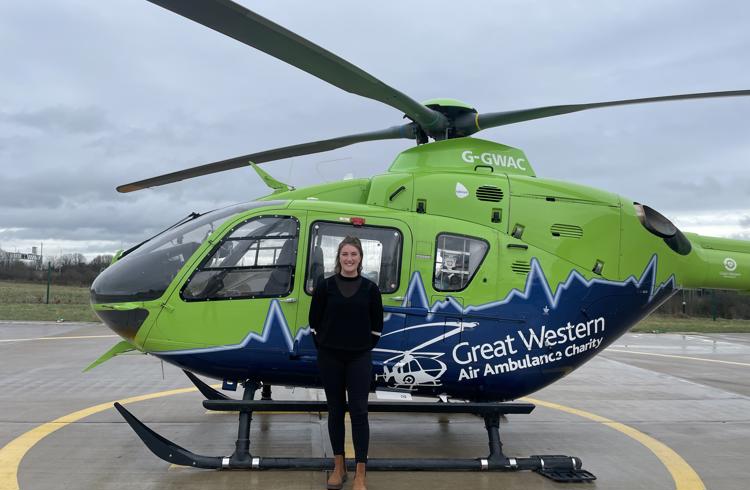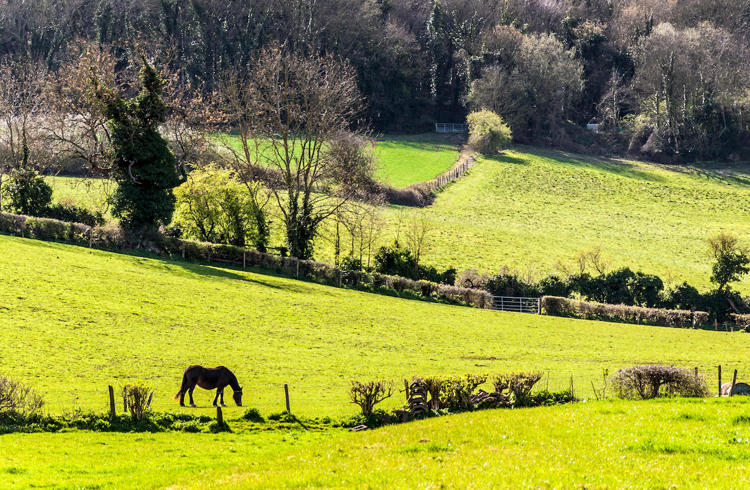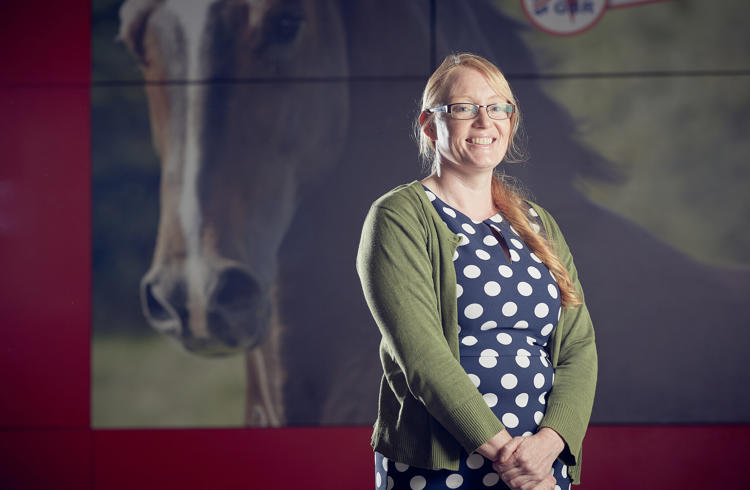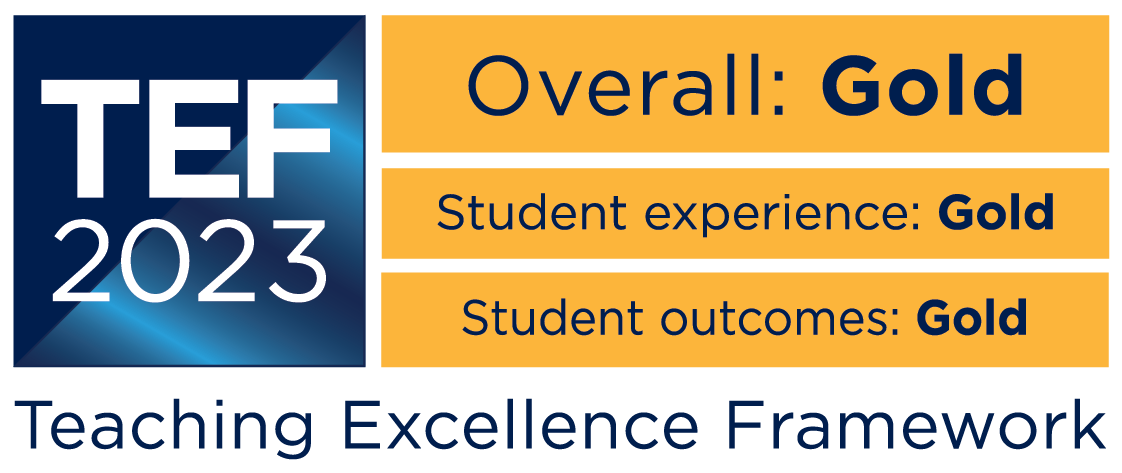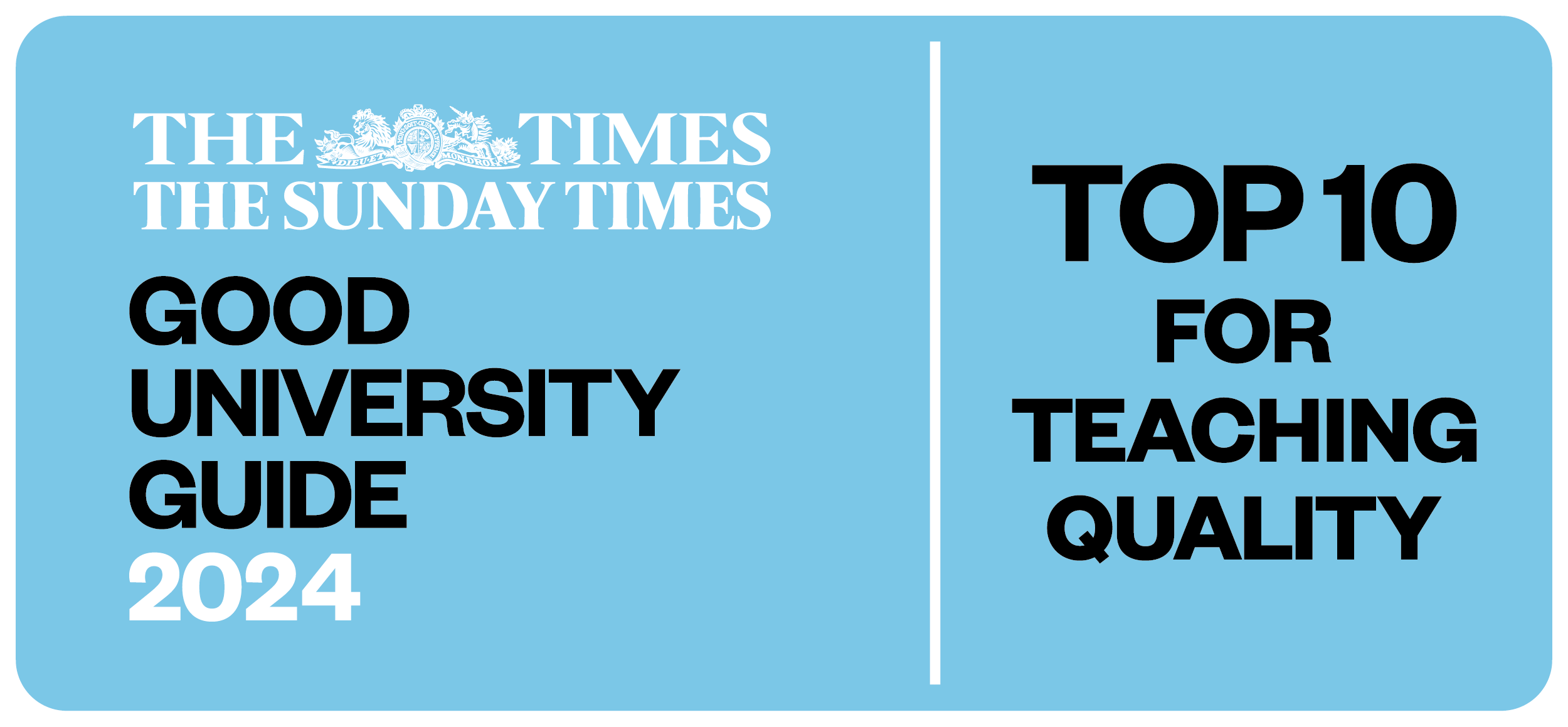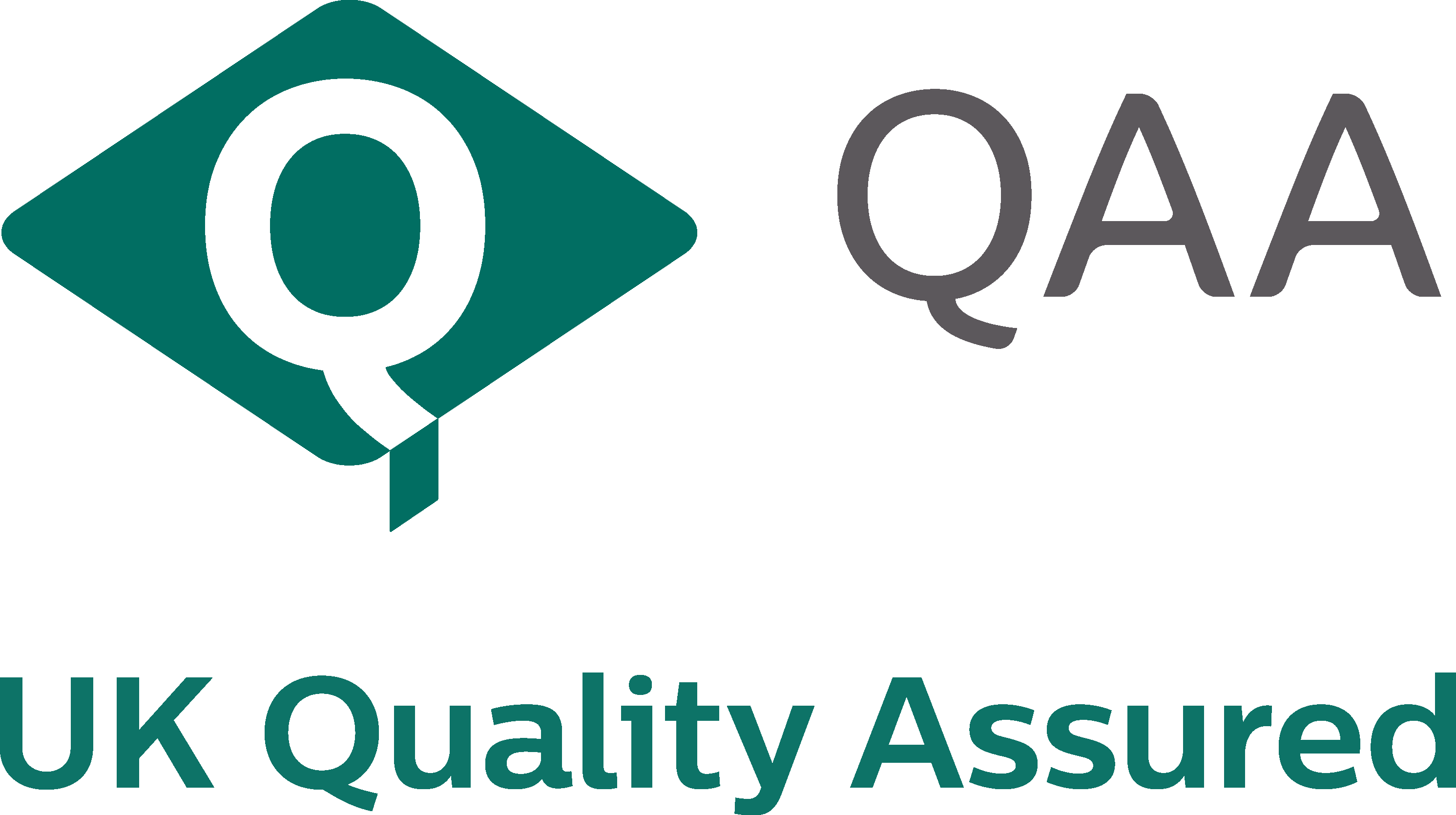British Racing’s Horse Welfare Board have announced the results of Britain’s first ever Thoroughbred Census, undertaken by Hartpury University in 2023. The survey has disclosed invaluable information on the lives thoroughbreds lead after leaving racing.
The six-month Census was funded by The Racing Foundation in partnership with Retraining of Racehorses and Hartpury University worked alongside partners including World Horse Welfare and the Weatherbys General Stud Book.
Details of 8,256 horses were submitted by their owners, 5,566 of which were previously unrecorded. Interestingly, results found that a third are aged 15 years or over, and even more are still with their original owner post-racing.
A key aim of the Thoroughbred Census was to help bridge the intelligence gap between the current estimate of the British thoroughbred population and the reality. Through its work, Hartpury University has now sized the former racehorse population at 33,600**. When the new Census data is combined with information from the 13,000 members of Retraining of Racehorses (RoR), plus data from equestrian associations, the intelligence bank on former racehorses residing in Great Britain now covers an estimated 80%*** of the population.
Dr Jane Williams, Head of Research and Associate Professor at Hartpury University said: “Hartpury is committed to working with equestrian stakeholders to ensure we develop objective, evidence-informed approaches that provide the horses in our care with a good life. The Thoroughbred Census is a good example of this.
“We’re proud of Hartpury University’s contribution to this project and the increased knowledge and understanding we have gained which can drive forward positive developments in horse traceability that can support the wider UK and global equine industry.”
THE REMARKABLE LIVES AND VERSATILITY OF THE FORMER RACEHORSES
Analysis of the data collected by the inaugural Thoroughbred Census identifies that almost two-thirds (62.9%) of the former racehorse population are aged between 5 and 14. Roughly a third (31.2%) are aged 15 years or over, including 739 thoroughbreds aged 20 years or older, illustrating the long lives that racehorses enjoy beyond the sport.
The majority of those registered (74%) are geldings, which is believed to be because mares and fillies often move from racing into stud as their second careers and are therefore not eligible to the Census, and the most common reason owners stated their horse had left racing was due to poor performance and/or lack of aptitude for the sport.
Thoroughbreds engage in wide and varied activities after racing, such as dressage (11%), showjumping (8%) and eventing (8%), whilst the majority are enjoyed for leisure riding, hacking, and unaffiliated competing (36%). The range of activities is broad and reflects how well a racing career prepares thoroughbreds for other disciplines, with almost as many moving into equine assisted activities, such as therapy, as those moving into endurance riding.
Helena Flynn, Programme Director, Horse Welfare Board, said: “The Thoroughbred Census represents an important milestone in British racing’s commitment to improve the traceability of all former racehorses after they leave the sport. It also enriches our intelligence about what these horses go on to do. It is often misperceived that thoroughbreds who are not successful in racing are discarded as they are unable to adapt to other roles, however the Census results showcase their incredible versatility and their ability to thrive in a host of new careers.”
FORMER RACEHORSE OWNERSHIP
Racing owners are careful and conscientious and frequently take all the necessary steps, often at personal cost, to ensure racehorses move to good homes. The Census findings reflect this, with more than a third of the horses submitted (38.6%) still with their original post-racing owner, demonstrating that post-racing owners care for their horses for long periods of time, and racing owners and trainers effectively and carefully select the next step out of racing for their racehorses. Furthermore, a vast majority (87.3%) of former racehorses have been owned by three or fewer owners. Just under half of the owners have owned at least one thoroughbred previously (43.2%).
The primary reasons for thoroughbred ownership include for them to be used as a project to train and compete, companionship, and because of their characteristics as a breed (temperament, athleticism, versatility). There is also evidence that owners who are, or have previously, worked in the industry have a personal connection with the horses in their care and want to give something back by looking after them once their racing careers have ended.
In terms of geographical spread, the highest population of former racehorses included in the Census were based in the South West (19.1%), South East (13.2%), East of England (12.9%), West Midlands (11.4%) and North East (10.6%).
USE OF EQUINE PASSPORTS
The primary source of traceability for all horses in Great Britain is the equine identification document (passport), which new owners of any horse are legally required to update within 30 days of new ownership. During their racing careers this information is regulated and meticulously maintained with the Weatherbys General Stud Book via breeders, owners, and trainers. However, data for former racehorses reduces significantly when they go into private ownership after, and beyond, their first step out of racing.
Whilst most Thoroughbred Census respondents (64%) had changed the ownership details on their horse’s passport to their own name, considerably higher than the 20% average across all equestrian disciplines, there is still work to be done to ensure improved owner compliance in the future.
The Census has uncovered that the reasons owners don’t update their horse’s passport with new ownership details include an attachment to the horse (worried the passport will get lost), lack of knowledge, circumstance (didn’t seem worth it at the time), process (complexity, time it takes), procrastination and expense. Furthermore, almost a third (30.8%) weren’t aware of the requirement to update an equine passport to notify a death, whilst most (75.4%) also weren’t aware they could be fined for not doing so in this instance.
Despite low compliance, most owners (83.5%) said they would be willing to use a new e-passport system to register a change of horse ownership rather than the existing postal system if it was free, or a minimal fee was charged.
Helena Flynn continues: “Once retired from racing, these horses move out of the regulated space and into private ownership, and it’s clear that many owners need better education around their responsibility to keep every horse’s ID document up to date. Moving forward, the Horse Welfare Board and RoR will implement a communications plan to ensure owners of former racehorses are made aware, and reminded of, their responsibilities.”
Whilst there was no correlation in terms of passport possession in relation to the competitive disciplines undertaken, owners who kept their thoroughbred as a field companion, broodmare, or engaged in equine assisted activities were less likely to have their horse’s passport in possession, presenting a need for increased education on the importance of equine passports and ensuring they’re always up to date. This was partially achieved through the Census campaign, with Weatherbys General Stud Book reporting a 34% increase in passport updates compared to the same period the previous year.
Roly Owers OBE, CEO, World Horse Welfare, said: “It is encouraging to see the positive strides in intelligence made because of the Census, as well as the industry’s commitment to achieving complete traceability in the future. This is a fundamental goal for the future of the industry, both for the sake of the horses and industry’s reputation considering the growing license to operate (SLO) debate.”
The Census was undertaken in partnership with equine research experts at Hartpury University. The data, obtained following independent analysis by the University, will enable British racing and its aftercare charity, Retraining of Racehorses (RoR), to better support owners, as well as continue to build informed and helpful communities. In addition, data about this stage of a thoroughbred’s life will be used to improve and adapt welfare initiatives and will, most importantly, enable fast and effective contact in the event of an equine disease outbreak.
FUTURE PLANS TO IMPROVE TRACEABILITY
Whilst there was strong participation from people connected to racing, the Census identified gaps in contributions from wider equestrian communities and disciplines. As a result, the Horse Welfare Board, in collaboration with RoR, is now developing tailored plans to better connect with these underrepresented groups and will work with equestrian member bodies and associations to ensure any knowledge gaps continue to reduce. Other recommendations include a repeat Census within 3-5 years, the potential development of a central equine database that can operate as a repository for thoroughbred data, and a move from the traditional paper passports to a mandatory digital equine ID.
Tracey Crouch CBE, MP and independent member of the Horse Welfare Board, said: “We are delighted that Britain’s inaugural Thoroughbred Census has enhanced our intelligence on the country’s Thoroughbred population. The report has also generated valuable recommendations for further improvements, some of which we will be pushing Government to support.”

